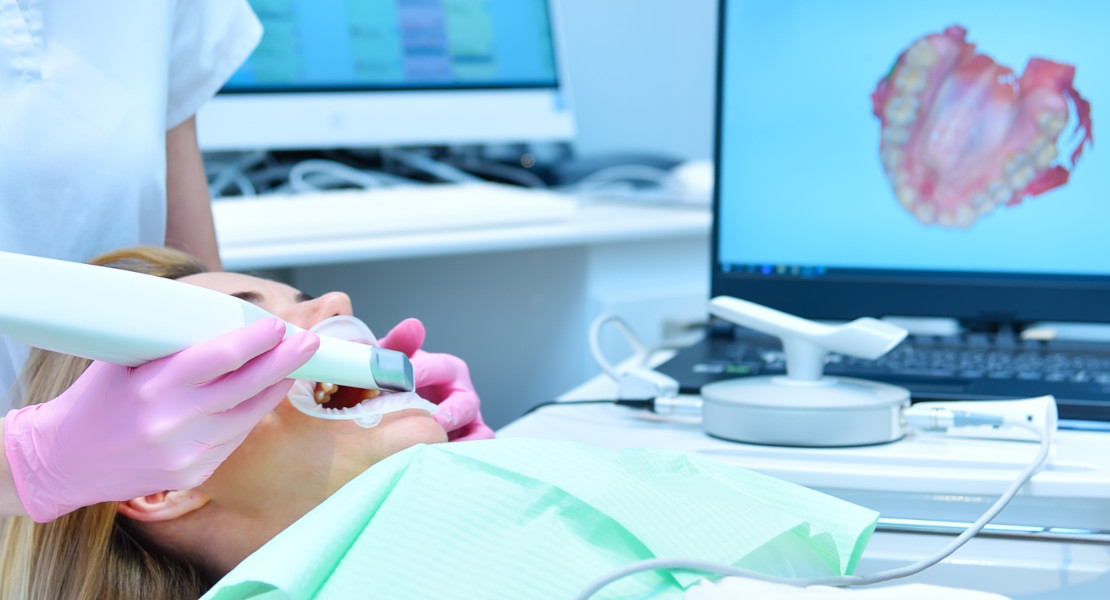Digital technology has transformed orthodontics, ushering in an era of unprecedented precision, efficiency, and patient comfort. From 3D scanning to artificial intelligence, these advancements have revolutionized how orthodontists diagnose, plan, and deliver treatments.
3D Scanning: A Leap Beyond Traditional Impressions
High-resolution 3D intraoral scanning has replaced traditional plaster molds, offering numerous benefits:
- No more uncomfortable physical impressions
- Superior accuracy with thousands of data points captured per second
- Instant visualization of 3D tooth models
- Streamlined digital workflow for faster treatment starts
- Integration with treatment planning software
Advanced Treatment Planning Software
Sophisticated platforms like Invisalign's ClinCheck and OrthoCAD enable:
- Precise treatment simulation and outcome visualization
- Tooth movement planning down to 0.1mm accuracy
- Enhanced collaboration between professionals
- Real-time progress tracking
- Reduced treatment times (typically 6-18 months)
3D Printing: Custom Aligner Production
Modern 3D printing technology has revolutionized aligner production:
- Micron-level accuracy for perfect fit
- Rapid production capabilities
- Cost-effective manufacturing
- Reduced material waste
- Support for various orthodontic appliances
Remote Monitoring Solutions
Digital platforms enable efficient remote treatment monitoring:
- AI-powered progress tracking
- Reduced need for in-office visits
- Real-time orthodontist feedback
- Enhanced patient convenience
- Improved treatment compliance through apps
Artificial Intelligence and Machine Learning
Emerging AI technologies are shaping the future of orthodontics:
- AI-driven treatment planning optimization
- Smart aligners that adapt to treatment progress
- Personalized biomechanics modeling
- Automated wire-bending for custom braces
- Augmented reality smile previews
Impact on Treatment Experience
These technological advances have transformed orthodontic care:
- Shorter treatment durations
- Improved comfort and convenience
- More predictable outcomes
- Enhanced communication between doctor and patient
- Greater treatment accessibility
Future Developments
The horizon holds exciting possibilities:
- Self-adjusting aligner systems
- Advanced biocompatible materials
- Enhanced AI-driven personalization
- Expanded telehealth capabilities
- More sustainable treatment options
As technology continues to evolve, orthodontic treatment becomes increasingly precise, efficient, and patient-friendly. Whether choosing clear aligners or traditional braces, patients benefit from these innovations that make achieving a healthy, beautiful smile more accessible than ever. With a projected 30% rise in orthodontic demand over the next decade, these technological advances will play a crucial role in delivering high-quality care to more patients.
